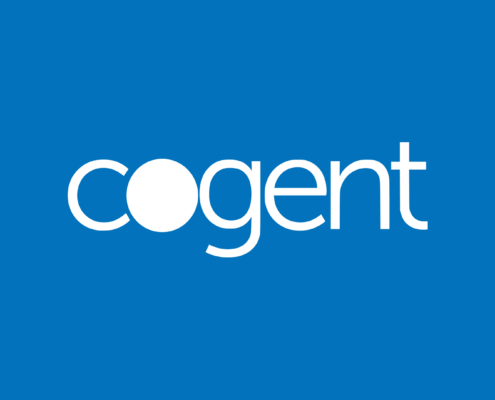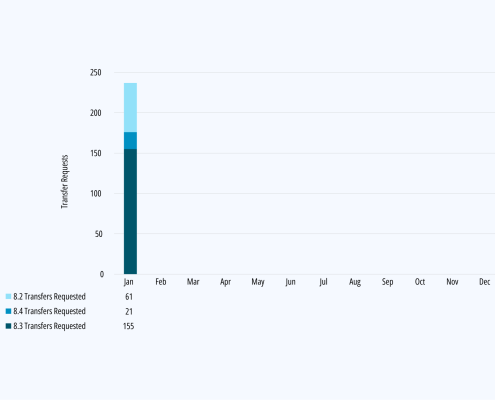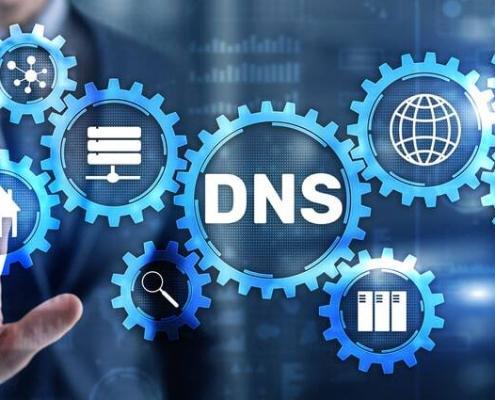 2024
2024IPv4 Addresses Validated as a Valuable Asset Class
IPv4 BlogApril IPv4 transfer requests were 163, which is +7% higher than this year’s average of 150 requests per month. Better off, April is a +13% increase over the 141 averages in 2023 and a +18% increase over the 134 averages in 2022.
 2024
2024Cogent Offers $206 Million in Secured Notes Backed by IPv4
IPv4 BlogCogent Communications (NASDAQ: CCOI), a leading global internet service provider, announced on April 25th 2024 a groundbreaking securitization offering. This move will see Cogent utilizing a significant portion of its IPv4 address space to issue up to $206,000,000 in securitized notes.

Is IPv4 Availability Becoming Scarce in 2024?
IPv4 BlogIn recent years, the IPv4 market has been on a relentless upward trajectory, defying expectations, and confounding skeptics. Despite occasional setbacks and bouts of volatility, the overall trend has been undeniably bullish. What is driving this sustained optimism, and what does it mean for the network infrastructure industry?

The 5 Best Cloud Service Providers In 2024
IPv4 BlogWhich cloud service providers (CSPs) made our list of the best in 2024? Learn about their strengths, drawbacks, and market dominance.
 2024
2024What is the Difference Between IPv4 Blacklist & IPv4 Blocklist?
IPv4 Blog, Knowledge HubWhat is the difference between a blacklist and a blocklist in cybersecurity? Dive into the terminology and understand the distinctions.

IPv4 Demand Stability Leading to Increased Activity
IPv4 BlogLike any healthy and predictable market cycle, IPv4 demand continues to remain steady. This consistency further promotes the notion of a stable market since there was no serious fluctuation in either direction.

Amazon Web Services (AWS) BYOIP Price Increase 2024
IPv4 BlogAmazon begins charging $6,387 per /24 per month for use of BYOIP (Bring Your Own IP) on AWS (Amazon Web Services).

How to Configure DNS for Internet Service Providers (ISPs)
IPv4 Blog, Knowledge HubSetting up DNS (Domain Name System) properly for Internet Service Providers (ISPs) requires configuring DNS servers and network infrastructure to ensure reliable & efficient domain name resolution for your end user subscribers.
 2024
2024IPv4 Market Recap, Patterns & 2024 Price Predictions
IPv4 BlogUse data and market psychology to compare IPv4 prices from previous years and determine what IPv4 price might be in 2024

Addressing IP Address Abuse in the IPv4 Transfer Market
IPv4 BlogLearn about IP transfer abuse and how it can compromise your security. Discover best practices for safeguarding your IP addresses.